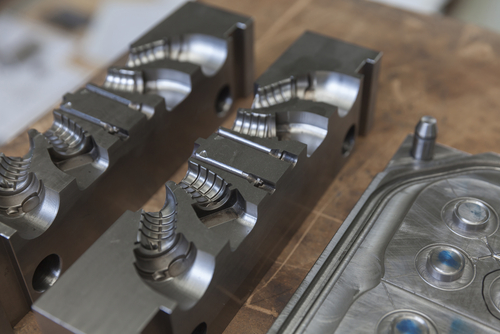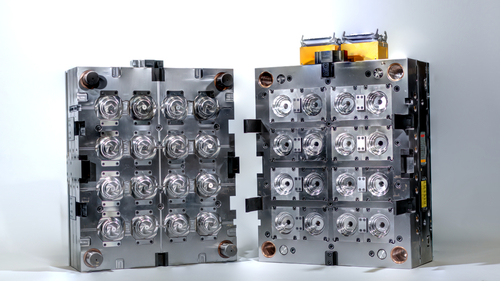 The mold plays an essential role in the process of injection molding, determining the final size, shape, and quality of the final product. Therefore, it has to be designed to precisely follow the requirements of the particular application, including factors such as production volume, material type, and part geometry. A reputable injection molding plastics or ceramics company pays particular attention to designing a mold for a specific project, securing a high-quality outcome. Keep reading to learn more about it.
The mold plays an essential role in the process of injection molding, determining the final size, shape, and quality of the final product. Therefore, it has to be designed to precisely follow the requirements of the particular application, including factors such as production volume, material type, and part geometry. A reputable injection molding plastics or ceramics company pays particular attention to designing a mold for a specific project, securing a high-quality outcome. Keep reading to learn more about it.
What is the function of mold in injection molding?
Its purpose is to form and shape the pellets or powder into a specific design. It is created as a two-plate or three-plate mold, depending on the requirements of the final part, and takes about one to two months to create. Here’s why careful design is essential:
Precision and complexity
The design directly determines the precision with which the parts can be produced. By carefully designing the mold, it’s possible to achieve fine details, intricate features, and tight tolerances, allowing for the production of highly complex parts with consistent dimensions. A well-designed mold can accommodate the particular requirements of each part, be it thin walls or intricate geometries, and ensure accuracy and repeatability in production.
Flow and fill properties
To fill the cavity evenly, it’s necessary to ensure proper grating, runner, and venting systems which help control the flow of the material, minimize air entrapment, and prevent defects such as shrinkage, warpage, and voids. By optimizing the flow and fill of the mold, designers can achieve uniform density, minimize porosity, and improve the mechanical properties of the finished part.
Tooling efficiency
Efficient mold design is essential for optimizing tooling costs and production efficiency. By carefully designing the layout, gating system, and parting line, you can minimize material waste, reduce cycle time, and maximize the lifespan of tooling. In addition, interchangeable inserts and modular designs allow for greater flexibility and scalability in production, enabling manufacturers to accommodate changes in part designs or production volumes with minimal downtime and cost.
Thermal management
Effective thermal management allows consistent temperature distribution throughout the mold, preventing thermal gradients that can lead to dimensional variations and defects in final parts. Mold design should incorporate features such as insulation, cooling channels, and temperature control systems to regulate the thermal environment and optimize the sintering process of the feedstock.
The control of thermal gradients and minimized thermal stresses allow for tighter tolerances and improve the dimensional stability of the final part.
Surface finish and aesthetics
The choice of mold material, surface treatment, and polishing techniques can significantly impact the texture, gloss, and appearance of the final parts. It’s necessary for designers to consider different factors, such as parting line location, demolding forces, and mold release to reduce surface defects to a minimum and achieve the desired finish. Optimization of these factors significantly enhances the visual appeal of the final product.
 Where can I find the best plastics or ceramics company?
Where can I find the best plastics or ceramics company?
Whether you’d like to learn more about the stages of the injection molding process, you’re curious about its versatile application, wondering about the properties of technical ceramics or plastics or looking for a reliable partner to produce a specific part, Wunder Mold is the team you can trust. With years of experience in the industry and a reliable team of highly skilled professionals, we’re here to give you all the information you need and provide you with premium-quality parts that meet your specific requirements.
Whether you need our services within the U.S. or worldwide, you can count on our expertise. Give us a call or send us an email at sales@wundermold.com at let us know how we can help.
 Where can I find the best plastics or ceramics company?
Where can I find the best plastics or ceramics company?